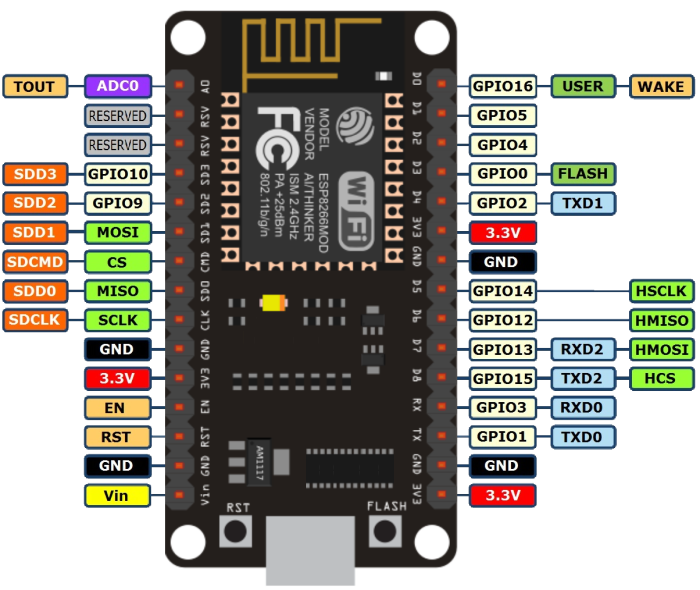It took me a while but I finally got to where these are working for me. I am programming ESP12E's and a sparkfun thing using the Arduino IDE.
My first project is a doorbell system. It uses a PIR in conjunction with the doorbell switch. I will know that the FEDEX driver did not ring the bell! The ESP connects to my local wifi and uses the Pushetta server to push an alert to my iphone. A bit convoluted but latency is only a second or three.
The coding is easy with all the good examples. I did run into that rebooting thing. Not sure exactly why, went back to a version of the code that worked and coded from there. No problems.
I purchased some of the white breakout boards. One has to run a few wires to setup the ESP to work.
The adverts claim the 12F is more stable. I have some on order from banggood. Never used them before. Put in a 2nd order for 5 MB102 dual rail power supplies. Can't think about building them for $1 each.
Having read the previous threads about the ESP I need to add this: I don't worry about wearing out a PIC's flash so I don't see whey one would worry about the flash on a cheap part like this. The 12F's are 3 for $5. Not that it matters much but Arduino code is compiled and lua used a byte code interpreter. Use what you want its a free country.
I miss ICD but as the title says I am having fun and that is what it is all about.
My first project is a doorbell system. It uses a PIR in conjunction with the doorbell switch. I will know that the FEDEX driver did not ring the bell! The ESP connects to my local wifi and uses the Pushetta server to push an alert to my iphone. A bit convoluted but latency is only a second or three.
The coding is easy with all the good examples. I did run into that rebooting thing. Not sure exactly why, went back to a version of the code that worked and coded from there. No problems.
I purchased some of the white breakout boards. One has to run a few wires to setup the ESP to work.
The adverts claim the 12F is more stable. I have some on order from banggood. Never used them before. Put in a 2nd order for 5 MB102 dual rail power supplies. Can't think about building them for $1 each.
Having read the previous threads about the ESP I need to add this: I don't worry about wearing out a PIC's flash so I don't see whey one would worry about the flash on a cheap part like this. The 12F's are 3 for $5. Not that it matters much but Arduino code is compiled and lua used a byte code interpreter. Use what you want its a free country.
I miss ICD but as the title says I am having fun and that is what it is all about.






